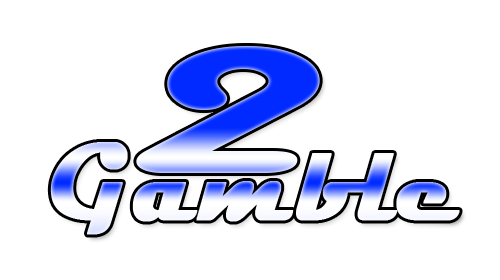
The Rules of Blackjack
The object of Blackjack is for the total of your cards to be closer to 21 than the dealer’s cards, without exceeding 21. In Blackjack, aces count as either 1 or 11, face cards as 10, and number cards at their face value.
If you receive an ace and a ten-value card as your first two cards, you have Blackjack and win 1.5 times your bet (if your bet was $10, you receive $25). If the total value of your cards is closer to 21 than the dealer’s, you win your bet amount (if your bet was $10, you receive $20). If the total of your cards is more than 21, you “bust” and lose your bet. If you and the dealer have the same card total (17 and up) neither of you win and your bet is returned to you in a “push”. Blackjack beats a score of 21.
Blackjack usually follows the standard “Las Vegas Strip” rules, with the following exceptions:
- After each round, used cards are returned to the deck and the deck is shuffled.
- The player may not split a split hand.
- Only one card is drawn to split aces.
- The player may double after splitting.
- The dealer will not check for Blackjack in any case.
- If the player doubles and the dealer’s first card is of value 11 (ACE), and the dealer gets Blackjack, the player loses both his bets. If the dealer’s first card is of value 10, and the dealer gets Blackjack, the player gets the Double bet back.
Split
If your first two cards have the same value, you may split them into two separate hands by placing a second bet equal to the original bet. You will then draw additional cards to each hand. You may draw as many cards as you like on each split hand, but if you split two aces, you receive only one additional card for each ace. If you receive an ace and a ten-value card in a split hand, it is considered 21 and not Blackjack.
Double
If, after you are dealt your first two cards, you think that the third card will allow you to beat the dealer’s hand, you can double your bet. The bet amount becomes twice the original (with the difference taken out of your balance), and you are dealt one more card.
Insurance
If the dealer shows an Ace in his initial hand, you are given a chance to insure your bet against him having a Blackjack. If you get Insurance, an amount equal to half your original bet is placed separately on the table. If the dealer does have Blackjack, you are paid 2 to 1 on your insurance. This way you do not lose your original bet (because you get the 2x half your original bet, plus the insurance amount back). If the dealer does not have Blackjack, you lose the insurance amount, even if you end up losing.
10 Card Charlie
It is theoretically possible for the player to draw 10 cards without going bust. In this case the player’s hand automatically wins, except when the dealer has Blackjack.
Winnings
| Pays | |
|---|---|
| Winning Hand | 1 to 1 |
| Insurance | 2 to 1 |
| Blackjack | 3 to 2 |

